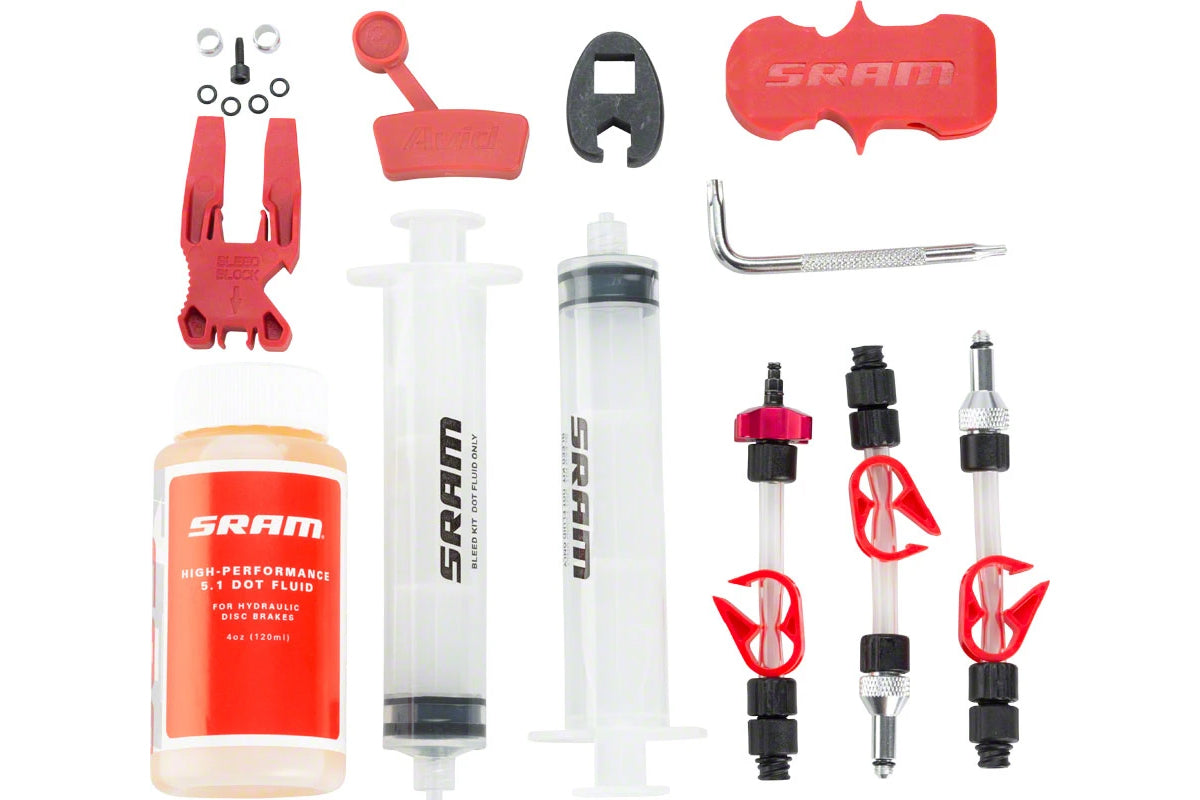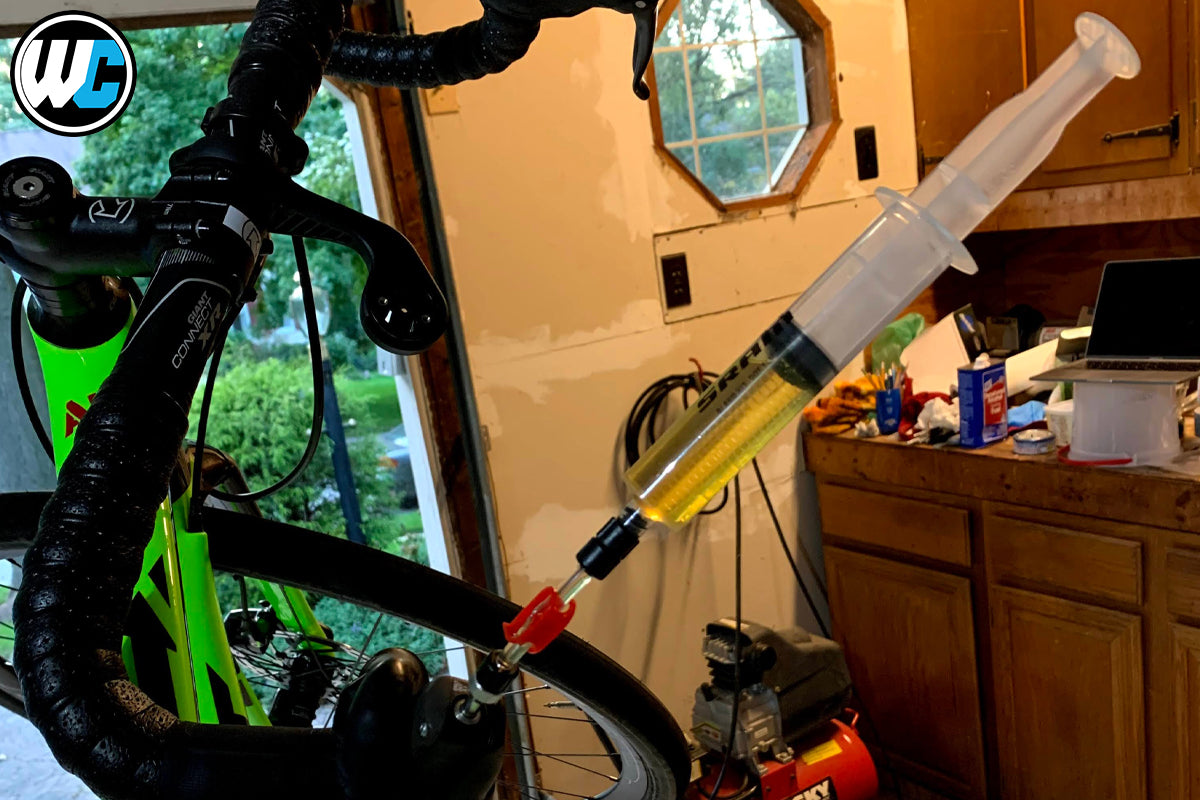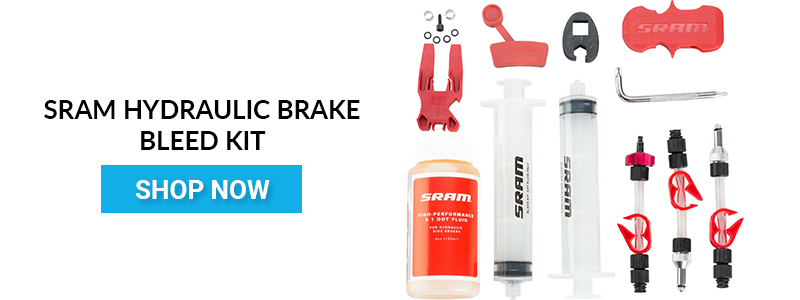- Shop
- Bikes / Frames
-
Components
- Tires / Tubes / Sealant / Valves
- Forks / Parts
- Rear Shocks / Parts
- Groupsets / Drivetrain Bundles
- Drivetrain
- Shifters
- Handlebars / Grips
- Stems
- Brakes / Pads / Adaptors
- Seatposts / Clamps / Levers
- Saddles / Seats
- Pedals / Cleats / Parts
- Wheels / Hubs / Rims
- Headsets / Parts
- Cables / Housing
-
Accessories
- Tools / Lube / Solvents
- Car / Truck Racks / Tailgate Pads
- Frame Straps
- Pumps / Inflation
- Chainstay / Frame Protectors / Fenders
- Computers / GPS / Electronics
- Hydration Packs / Bags
- Lights
- Water Bottles / Cages
- Gift Ideas / Novelties
- Indoor Trainers
- Bike Travel / Shipping Cases
- Nutritionals
- Locks
- Storage Racks / Stands
-
Apparel
- Helmets
- Jerseys
- Shorts / Bibs
- Gloves
- Shoes / Socks
- Pads / Protective Gear
- Pants
- Eyewear
- Chamois / Short Liners / Base Layer
- Chamois Creams / Embrocations / Butt'r
- Jackets / Vests / Hoodies / Flannels
- Casual Wear
- Headwear
- Brands
- Top Secret Sales (Do Not Tell!)
- Watch
- Read
- My Account
- Help / FAQ's
- Contact Us / Locations
- Call Us | 1-805-375-4525
- Why Shop With Us?
- About Us
- Continue Shopping
- Your Cart is Empty
SRAM Brake Bleed Kit for X0, XX, Guides, and Road Hydraulic: Rider Review
Our "Rider Review" article series features the honest reviews from verified purchasers of Worldwide Cyclery. They contain the photos, thoughts, feedback & overall review you are looking for.
Hydraulic brakes are only as good as how well they stop you. Even the most high end brakes need to be bled properly. Having the right tools to bleed them can make a daunting task much easier. One of our customers tells us about the SRAM Brake Bleed Kit for X0, XX, Guides, and Road Hydraulic. Check it out!
Overview
I've never been bold enough to attempt any real maintenance on my disc brakes. Sure I clean them with alcohol but that's about it. Bleeding my own brakes was something I would certainly get my local bike shop to do. So when my brakes started making noise, I took them to the shop and they fixed it. I ended up having polluted rotors and shoes so it wasn't cheap. It was all well and good until they began making noise again. If I cleaned them, the noise would go away. But it would eventually come back. Then it came back more frequently until I almost had to clean them after every ride. I finally figured out that I must have a very slow leak in my calipers.
So faced with the prospect of replacing my rotors and shoes again, and now my calipers, I decided to give it a go myself. So I got the parts and a SRAM brake bleed kit from World Wide Cyclery. I found a YouTube video on the SRAM web site that explained the process pretty well. I watched the entire video one time through then restarted it and began the process. One thing that was clear from the video, you must use DOT 5.1 fluid or bad things will happen. And even though mineral oil is used in Shimano brakes, never use it with SRAM brakes. Made me wonder if I had the wrong fluid in my bike. I'll never know but I decided to replace the existing fluid just in case. Also, I noticed that the fluid was cloudy as I began the bleed.
The bleed process was not as bad as I had imagined. I assumed that I would spill brake fluid all over my nice carbon frame and ruin it.
Or I would ruin my brand new rotors but none of that happened. There was a little bit of leakage when I removed the brake lines, it wasn't bad and it was very easy to clean up. I did make sure the tap was elevated when I removed the line. Once I had the syringes attached and was pushing the air bubbles out, it actually felt good about doing this myself. The video instructions from SRAM were really well done and the kit worked great.

After I finished the bleed and had everything back together, I followed another SRAM video on how to "bed-in" the new shoes and rotors. This involved riding at a moderately fast speed, then braking hard but not stopping. Repeat that about 20 times. Then do it again at a medium speed. This process puts material from the pads onto the rotor to help protect it. I actually found this enjoyable since my brakes were not screeching! Again, SRAM did a great job with the instructional video, and I did get a laugh about how braking hard can be fatal (you'll have to watch the video to see what I mean).
Final Thoughts
So if you are faced with the challenge of bleeding your own brakes, I say go for it. Sure it's a little intimidating but now that I've gone through it, I can tell you for sure, there's nothing to be worried about.
November 10, 2020
Hydraulic Brakes › Rider Review › SRAM › SRAM Bleed Kit ›
Top Products For You...
Recent Blogs
--- Shop Info ---
Newsletter Signup -
© 2025 Worldwide Cyclery







